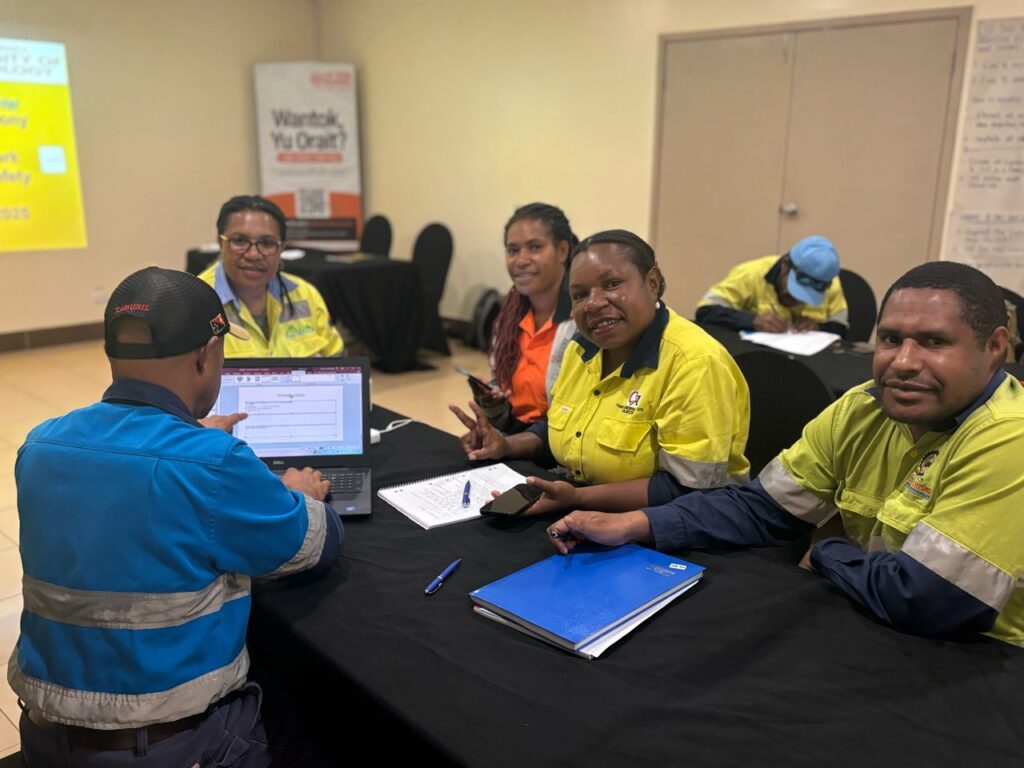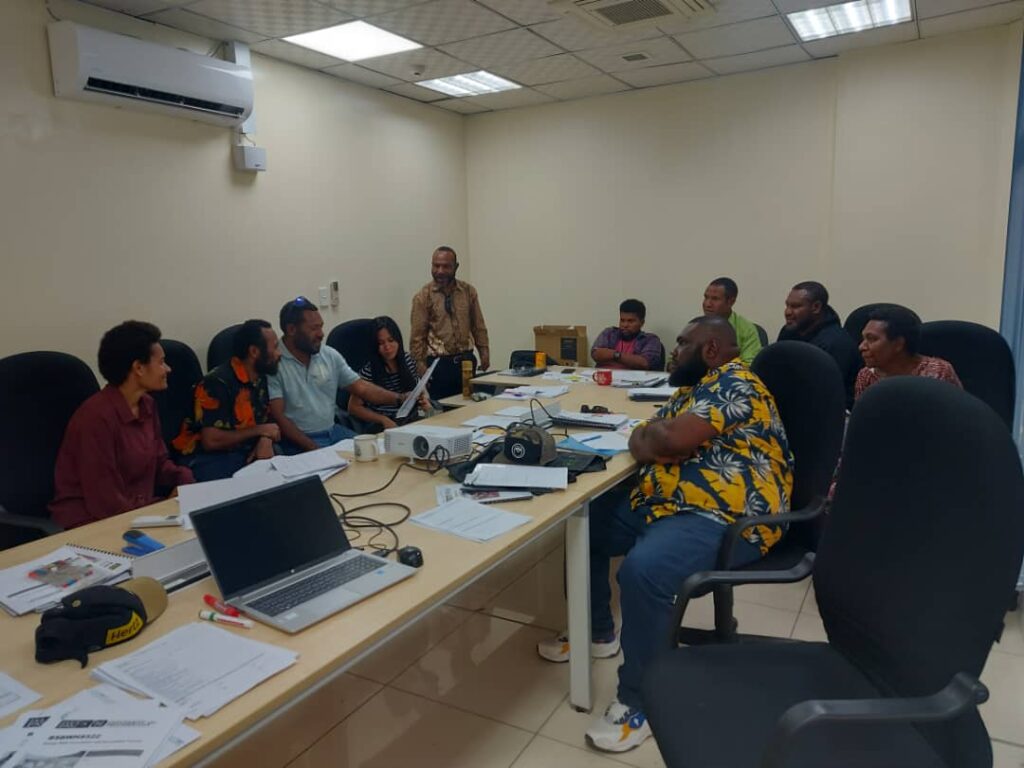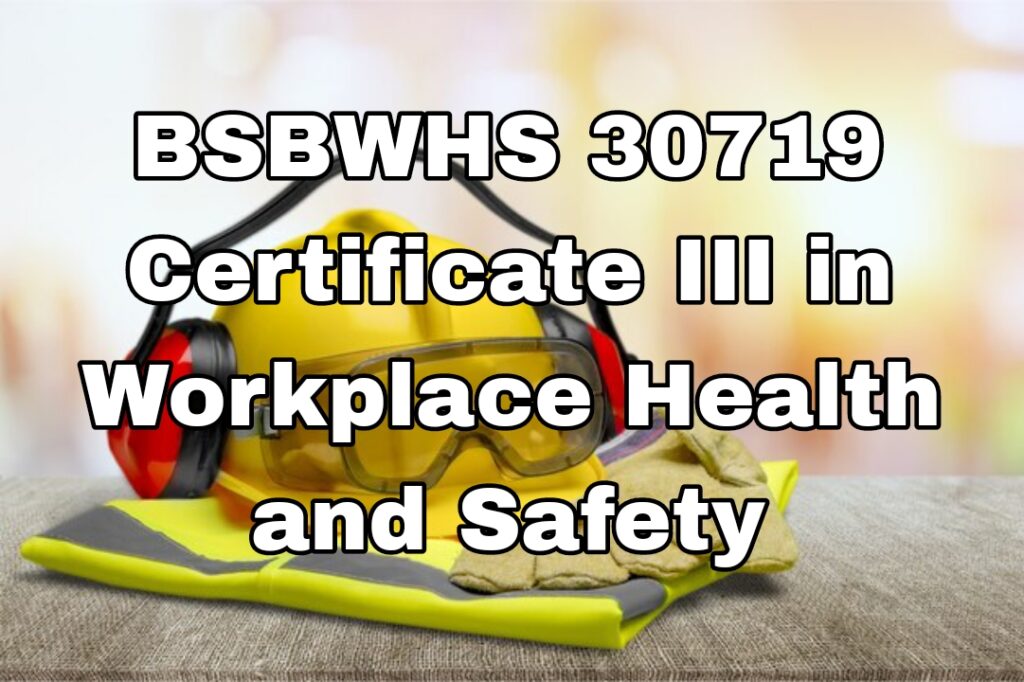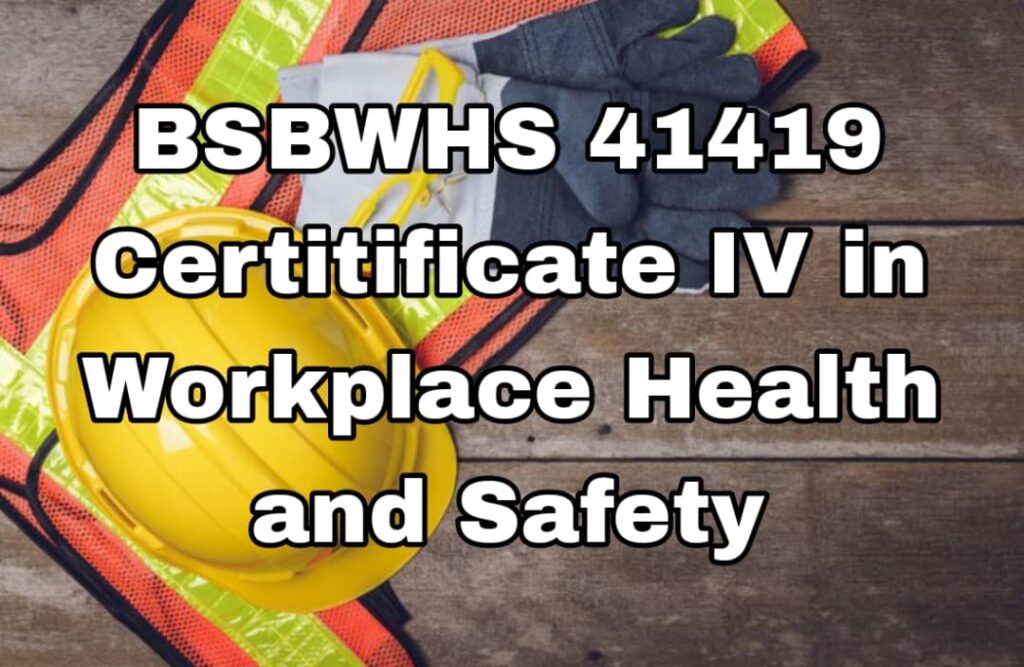



ISET recognizes the diverse needs of different industries and offers specialized training programs to address the unique challenges and requirements each sector faces. These programs are tailored to provide industry-specific knowledge, skills, and practices, contributing to enhanced safety and risk management.
BSB30719 Certificate III in Workplace Health and Safety BSB41419 Certificate IV in Workplace Health and Safety BSB51319 Diploma in Workplace Health and Safety
A graduate entry qualification for the Institute for Safety Education and Training (ISET) in partnership with Papua New Guinea University of Technology (PNGUoT) refers to the qualifications required for individuals seeking to enter advanced programs courses at ISET. Typically, these qualifications would ensure that the candidate has the necessary foundational knowledge and skills to succeed in higher-level coursework in Workplace Health and Safety. These entry qualifications ensure that students are adequately prepared to tackle the rigors of advanced study and contribute meaningfully to the field of Workplace Health and Safety.

Graduates of the BSB30719 Certificate III in Workplace Health and Safety are well-equipped to pursue entry-level to mid-level roles in safety management, safety consultancy, or safety coordination positions. They may find employment opportunities in a wide range of industries, including manufacturing, construction, aviation, healthcare, government agencies, and consulting firms specializing in occupational health and safety.
The BSB30719 Certificate III in Workplace Health and Safety is designed to provide foundational to advanced knowledge and skills in safety management systems and risk management. This course covers topics such as safety management fundamentals, hazard identification and control, incident investigation, effective communication, safety risk management, safety assurance, and safety promotion. Participants will learn to assess safety risks, monitor safety performance, investigate incidents, and promote a culture of safety within organizations.
To be eligible for this qualification, applicants must meet all of the following criteria: they must have completed Grade 10 or Grade 12, hold college or university qualifications, and have 2 to 3 years of work experience.

Graduates of the Certificate IV in Workplace Health and Safety are prepared for roles such as WHS Officer, Safety Advisor, and Safety Inspector. These positions are available across various industries, ensuring workplaces meet WHS regulations and fostering a safer work environment.
The Certificate IV in Workplace Health and Safety is a nationally recognized qualification designed to provide individuals with the essential knowledge and skills required to contribute effectively to WHS processes within their workplaces. This course prepares participants to manage risks, implement WHS management systems, respond to incidents, and ensure compliance with WHS laws.
To be eligible for this qualification, applicants must meet all of the following criteria: they must have completed Grade 10 or Grade 12, held college or university qualifications, and had 2 to 3 years of work experience

Graduates of the Diploma in Workplace Health and Safety are prepared for senior WHS roles, including WHS Manager, WHS Consultant, and Safety Director. They are equipped to lead WHS initiatives across various industries, such as construction, mining, healthcare, and corporate sectors.
The Diploma of Workplace Health and Safety is designed for individuals seeking to expand their expertise and take on leadership roles within the field. This course covers advanced WHS concepts, including developing and implementing WHS systems, managing WHS risk, and promoting workplace safety culture.
To be eligible for this qualification, applicants must meet all of the following criteria: they must have completed Grade 10 or Grade 12, hold college or university qualifications, and have 2 to 3 years of work experience.
Before graduation, students will undergo training to prepare for job interviews, focusing on 20 common interview questions using different phrasing to assess what recruiters are looking for in candidates. This training will help students understand these questions and what employers expect in responses. The training will cover how to present oneself effectively, strategies for answering various types of questions, and tips for making a strong impression.

Students will learn to:
By the end of this training, students will be well-prepared to face job interviews confidently and effectively, increasing their chances of securing desired positions in workplace health and safety.